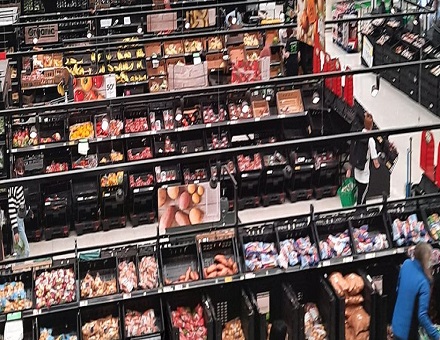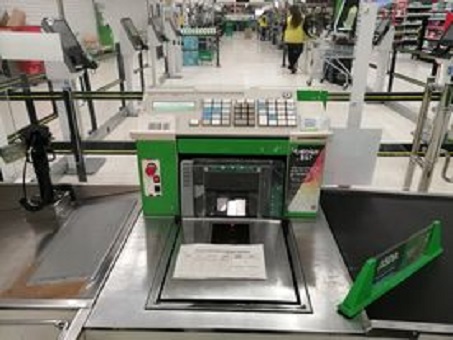COVID: Changes to what we buy

One year on from the start of the first lockdown and many things have changed, in many cases for good.
WE’re starting to see environmental changes, especially in our city centres, which are expected in the future to have far fewer shops.
There are also changes to what we buy, some as a direct result of COVID and others as part of long term trends. Many also look to be permanent.
Changes have been reflected in the new list of items drawn up by the Office for National Statistics basket of goods used to calculate the inflation rate. This is a review to try to ensure that the published inflation rate reflects changes to what we buy.
The recent review resulted in 17 items being added to the list for the first time and 10 being removed. 729 items on the list remain on it.
Hand sanitiser has been added to the list. The ONS expects the increased use of hand sanitiser is a trend that will continue. However they decided not to add face masks because they do not believe that the increase in face mask purchase will continue in the long term.
Other item added include loungewear and casual clothing, reflecting the move towards comfortable clothes during the pandemic; smart watches, because of a move towards the use o gadgets; fruit and vegetable smoothie, indicative of an increased interest in healthy eating; and hand weights (dumbells) after a year tat saw an increase in sales of home fitness equipment. Also added are electric and hybrid cars.
Removed from the list are axminster carpets, gold chains, staff canteen sandwiches, white chocolate and ground coffee.
Another report, from the Agricultural and Horticultural Development Board looked at how we buy potatoes, and found trends which it regards as representative of other fruit and vegetable products.
The research found that pr-packed potatoes new represent 94% of the market, its highest level for five years. Loose potato sales had been increasing mostly, they think, because of public concerns over the excessive use of plastic.
30% of consumers said that they feel less comfortable about buying loose potatoes during the pandemic. The gap might start to narrow again after the pandemic.
The report also noted that consumers are now buying larger quantities during a year when home cooking has replaced eating out during the lockdowns. Three quarters of potatoes sold are in packs of one to two kilos, which quantities of loose potatoes are usually smaller.
Also, and perhaps surprisingly, potatoes in plastic are cheaper than those sold loose, and the differential has widened during the year!
Spending spree?
While store closures and associated job losses are bad news for the High Street, there is some optimism ahead of the reopening of non essential retail on April 12th (at the earliest). Another report has suggested that lockdown savings through reduced spending on travel leisure and eating out means that those who are better off as a result have saved £192bn between them.
The report suggests that there is likely to be a spending spree of at least £50bn when the economy reopens!
.

